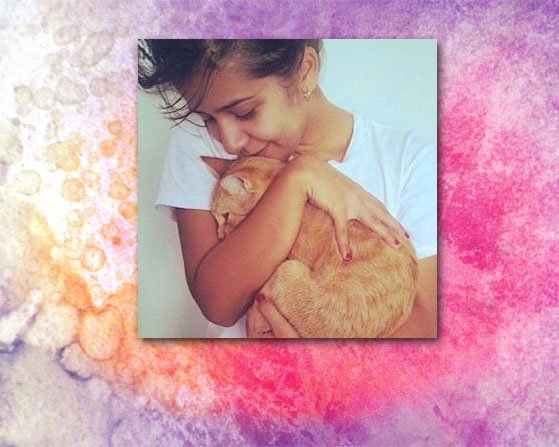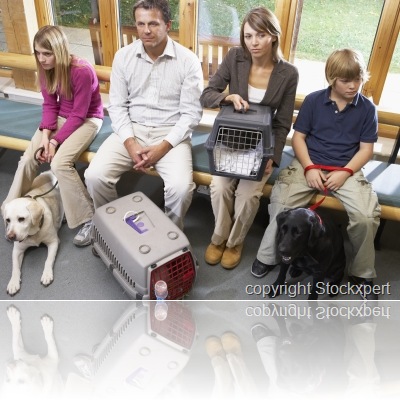Introduction: this page was first written and published in 2007. It has an archival interest and in updating it, the information can be compared with 2022. The graph below goes from 2011 to the present day. As is clear, there has been a notable surge in pet ownership during Covid i.e. 2020-2022. Pet ownership hovered around an estimated 45-47% according to the statista.com website until 2020 when it went up to 59%.

Recent statistics – 2022
To be clear, this statistic means that 59% of households had a pet animal of any kind in 2020. They state that there are an estimated 12 million cats and 13 million dogs living in homes in the UK presently. The UK is the second-highest-ranking European countries in terms of dog population. Germany is the number one.
Also, according to this organisation, dogs are more popular than cats. The UK is a ‘dog-people’ country together with the USA and Australia.
They state that the share of households reporting dog ownership is 34% while those reporting cat ownership stands at 28%. This statistic tells us that there are many pet animals in the UK other than cats and dogs. The most common of which are indoor birds followed by rabbits.
In 2007, around £3 billion was spent on pet and related products in the UK. In 2020 almost £8 billion was spent on these products. The market is enormous and rapidly growing.
Another website concerned with cat ownership statistics provides results in a slightly different way, namely that although cats are 2nd to dogs in terms of popularity in the UK, they estimate that there are 12.2 million cats in the country as at 2022. They also state that 27% of UK households have at least one cat.
The most popular cat in the UK is a random-bred cat or moggy at 51% of households in 2018. The British Shorthair is the most popular purebred cat in the UK. They state that it represents 24% of pet ownership which I don’t believe! If these figures are true then the ownership of purebred cat in the UK is much higher than I thought. The information comes from Petplan.
They state that 2% of UK households acquired a companion animal during Covid. And people in the age bracket 16-34 were the most likely to have adopted a new companion animal during this extraordinary period. 59% of new pet owners came from this age bracket.
In the UK, the dog is far more popular than the cat in Northern Ireland. Conversely, London has more cats than dogs. On my understanding of the statistics, of all the homes with companion animals 61% had cats. In Northern Ireland 70% had dogs. These figures relate to 2018.
Also, in 2018, Petplan found that 49% of UK households regard their companion animals as part of the family. These owners try to fit their lives around their companion animals whenever possible. And 50% of these owners stated that their companion animal was the most important thing in their lives. Money was no object in ensuring their welfare. Ironically, during Covid, people adopted dogs without verifying their source i.e. the name of the breeder and the origin of the organisation and they, in general, ignored the inherited health issues of those animals. I am speaking of the flat-faced brachycephalic French Bulldog for instance which is the most popular dog currently in the UK and which has breathing problems and it is a controversial breed of dog which arguably should not be on the market at all.
Covid had a massive impact as you can see on companion animal ownership. 3 million British people moved from the city to the country during the pandemic. This affected pet ownership. It basically increased it because it is safer to own a companion animal in the country due to the decreased possibility of a traffic accident.
By comparison, on a worldwide basis, cats are popular than dogs in 91 countries while dogs are more popular than cat in 76 countries. The source of the above information is as stated in the text plus petkeen.com.

THE 2007 STATISTICS ARE BELOW THESE LINKS TO OTHER ARTICLES ON CAT OWNERSHIP.
Ownership of Cats in the UK – 2007
This section was written in 2007 as stated. It has been updated by the section above.
This following data relates to 2007. It is a selective and summarised version, focusing on cats of a research paper prepared by J. K. Murray et al . As far as I am aware the research was carried out at Department of Clinical Veterinary Science, University of Bristol, Langford House, Langford, Bristol BS40 5DU. The title of the research is: Number and ownership profiles of cats and dogs in the UK. You can purchase the document ($30) starting at this page or this page (searched result). The sample size was 2980.
I have presented it in a table for ease of reference. Note: I disapprove of the word “pet” (preferred: companion animal) and “ownership” (preferred: cat keeper or human companion) but both are used as well recognised terms:
| Topic | Statistic | Comment – these are mine alone unless stated otherwise |
| Estimated number of cats in UK (2006) | 10,332,955 (Number of dogs: 10,522,186) | 1986: Estimated of about 6.2 million cats and 6.4 million dogs in the UK (Thrusfield) – inaccurate? 2007: Estimated 7.2 million cats and 7.3 million dogs (Pet Food Manufacturers Association – PFMA) – inaccurate? The current information contradicts anecdotal evidence. |
| Percentage of households owning cats in UK | 26% (31% owned dogs). People who had a garden were more likely to own a cat or dog. The number of cats and dogs is related to the number of people that live in that household1. This compares to US study by Patronek that found that 19.7 per cent of households owned cats (dogs | Understandable that a garden encourages pet ownership |
| Households where someone was qualified to degree level | More likely to own a cat (1.36 times more likely to own a cat than other households). | Does this mean more intelligent people prefer cats? Certainly more independent people prefer cats and the two sets of data may do hand in hand. The authors say this: “it could be related to occupations requiring higher qualifications being associated with longer working hours and therefore less time available for care of a dog.“ |
| Women | More likely to own a cat | Because women are generally less likely to be pack animals |
| Household with at least one dog and children aged 11-15 | More likely to own a cat | |
| Percentage of households owning one cat | 58.3% (compared with 73.3% owning one dog) | |
| Percentage of households owning two cats | 29.3% | |
| Percentage of households owning three cats | 7.2% | |
| Percentage of households owning four cats | 2.1% | |
| Percentage of households owning five cats | 1.4% | |
| Percentage of households owning 6 – 12 cats | 1.6% | |
| Average number of cats per household | 1.66 | |
| Percentage of households owning one or more dogs and one or more cats | 7% |
Well there are two bits of information that stand out:
- Intelligent people have cats
- There are more dogs that cats in the UK
Although it should be said that the latter is still an estimate despite being accurate and the reason for the former could simply be as stated that people who are more intelligent are more likely to be ambitious and working long hours preferring therefore a cat that is a less demanding companion.
From Ownership of cats in the UK to Home Page
1 NASSAR, R. & MOSIER, J. E. (1991) Projections of pet populations from census demographic data. Journal of the American Veterinary Medical Association 198,1157-1159
2 PATRONEK, G. J., BECK, A. M. & GLICKMAN, L. T. (1997) Dynamics of dog and cat populations in a community. Journal of the American Veterinary Medical Association 210,637-642 — Ownership of Cats in the UK.

